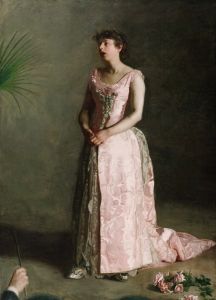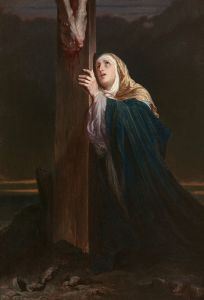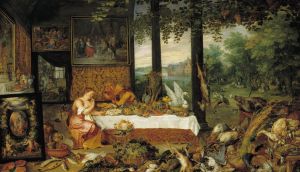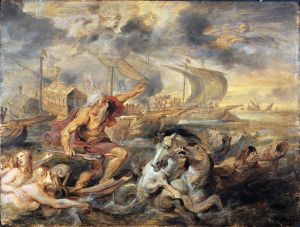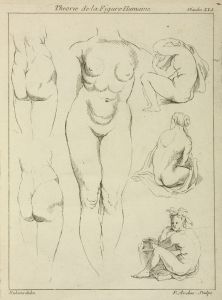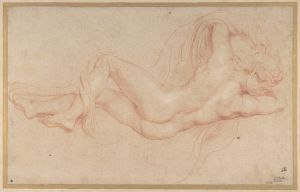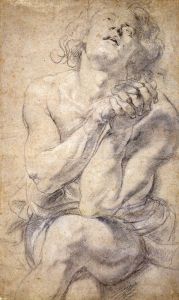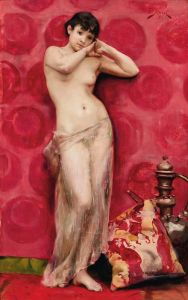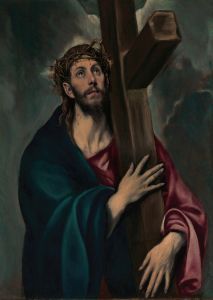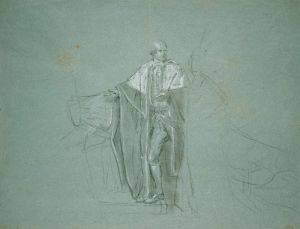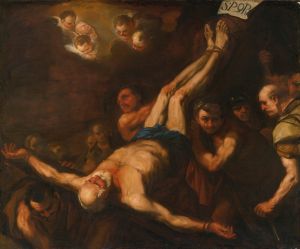
Sight
A hand-painted replica of Peter Paul Rubens’s masterpiece Sight, meticulously crafted by professional artists to capture the true essence of the original. Each piece is created with museum-quality canvas and rare mineral pigments, carefully painted by experienced artists with delicate brushstrokes and rich, layered colors to perfectly recreate the texture of the original artwork. Unlike machine-printed reproductions, this hand-painted version brings the painting to life, infused with the artist’s emotions and skill in every stroke. Whether for personal collection or home decoration, it instantly elevates the artistic atmosphere of any space.
Peter Paul Rubens, a prominent Flemish Baroque painter, created a series of works known as the "Five Senses" in collaboration with Jan Brueghel the Elder. These paintings were produced in the early 17th century and are allegorical representations of the five human senses: sight, hearing, smell, taste, and touch. Each painting in the series combines Rubens' mastery of the human figure with Brueghel's intricate depictions of still life and landscapes.
The painting "Sight" (Dutch: "Het Gezicht") is one of the five works in this series. It allegorically represents the sense of sight through a richly detailed composition that includes numerous visual elements symbolizing vision and observation. In this collaborative work, Rubens painted the figures, while Brueghel contributed the detailed still life, animals, and architectural elements. This division of labor was typical of their collaborations, as each artist brought their specific expertise to the work.
In "Sight," the central figures are a woman and a man, often interpreted as allegorical personifications of sight or as individuals engaging with the theme of vision. The scene is set in an opulent interior filled with objects associated with the act of seeing. These include scientific instruments like telescopes, magnifying glasses, and globes, as well as paintings, sculptures, and mirrors. The inclusion of these items reflects the intellectual and cultural interests of the time, particularly the fascination with optics, exploration, and the visual arts during the early 17th century.
The painting also features a gallery-like setting, showcasing works of art within the artwork itself. This technique, known as a "kunstkammer" or "cabinet of curiosities," was a popular motif in Flemish art and served to highlight the wealth, knowledge, and taste of the patrons who commissioned such works. The detailed depiction of the objects and the interplay of light and shadow demonstrate Brueghel's skill in rendering textures and materials, while Rubens' figures add a dynamic and human element to the composition.
The "Five Senses" series, including "Sight," was likely commissioned by a wealthy patron, possibly a member of the Antwerp elite, who sought to celebrate the harmony between art, science, and nature. The paintings were intended to be displayed together, emphasizing the interconnectedness of the senses and their role in human experience.
Today, "Sight" and the other works in the series are considered masterpieces of collaborative art, showcasing the complementary talents of Rubens and Brueghel. The painting is housed in the Prado Museum in Madrid, Spain, where it remains a significant example of Flemish Baroque art and a testament to the intellectual and artistic achievements of the period.





